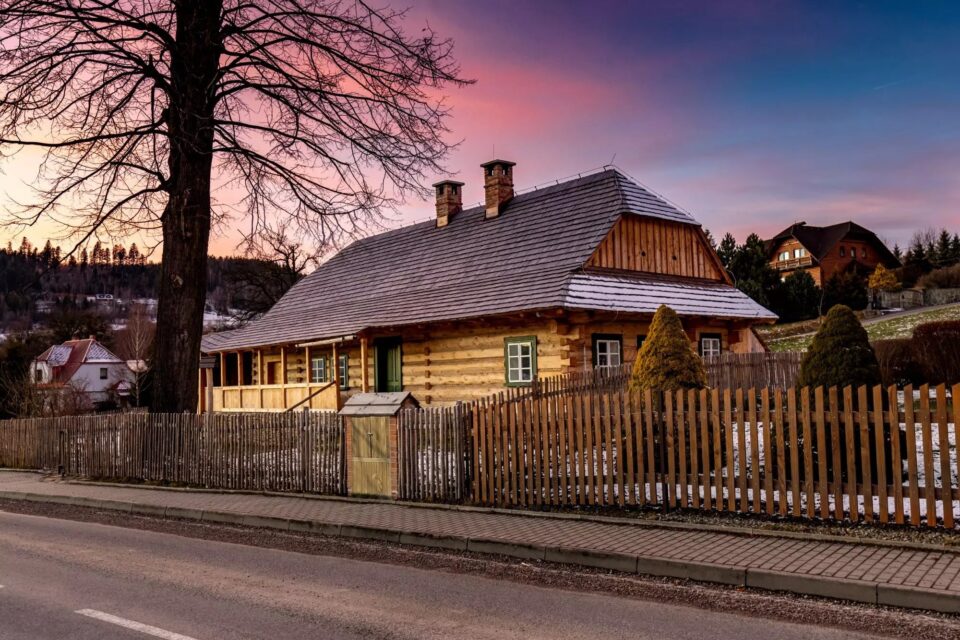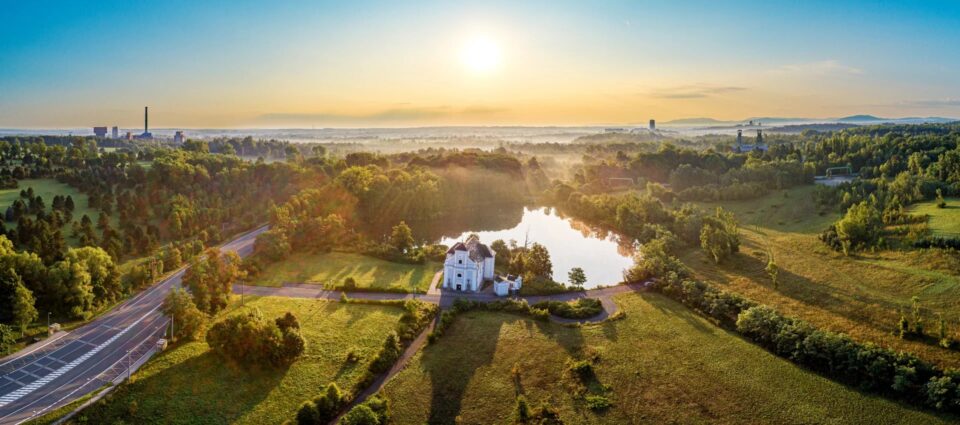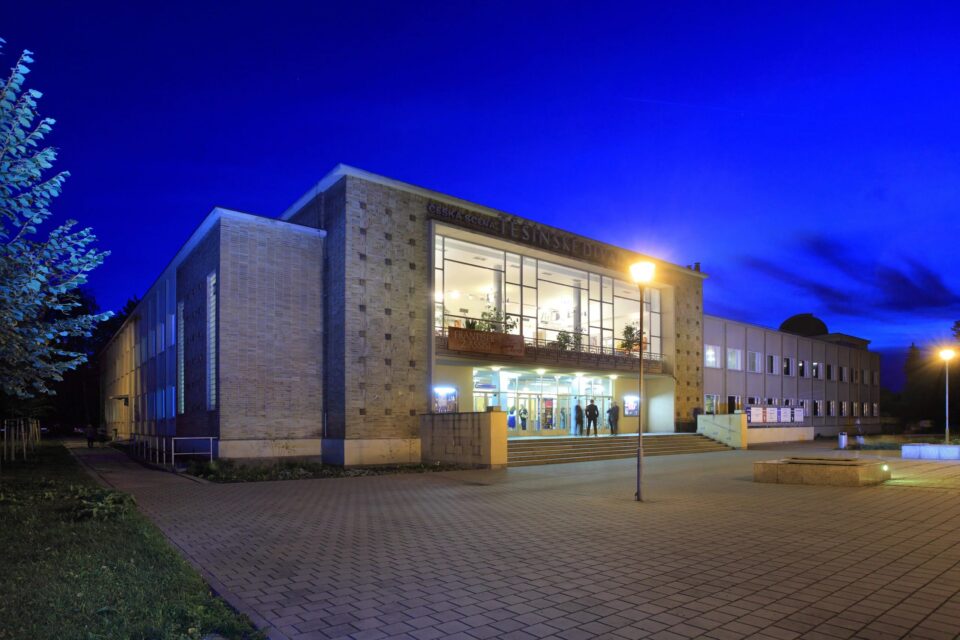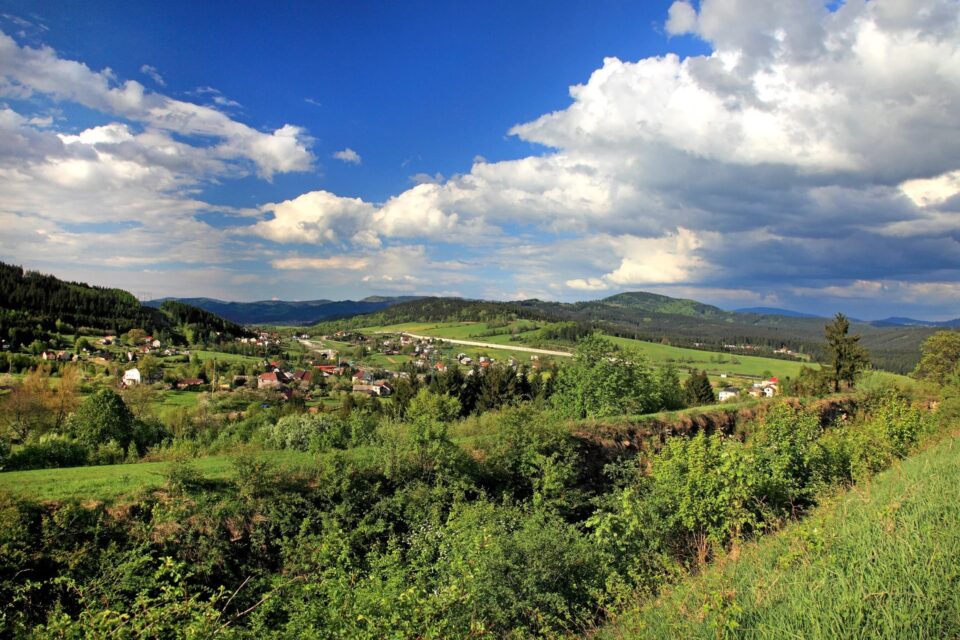Moravian-Silesian Region
Headquarters address: 28. října Street 117, 702 18 Ostrava, Czech Republic
Website: www.msk.cz
The Moravian-Silesian Region, formerly known as , “Ostrava Region”, has a population of 1,189,674 (as of 31 December 2022).
The region consists of 6 counties (from the west, Bruntál, Opava, Nový Jičín, Ostrava-City, Karviná and Frýdek-Místek) and 22 municipalities with extended competences. There are a total of 300 municipalities in the region, including 6 statutory cities, 36 towns and 4 municipalities. Its area is 5,427 km².
The region stretches from the Jeseníky Mountains to the Beskydy Mountains. On the western border of the region lies Hrubý Jeseník with its highest peak Praděd (1,491 m). To the south-east and east, near the borders with Slovakia and Poland, are the Moravian-Silesian Beskydy Mountains with the highest peak called Lysá hora (1 323 m), which is very popular tourist destination. The south-western part of the region consists of the untouched areas of Nízký Jeseník and the Odry Hills. There are also lower-lying areas between the mountains, namely the southernmost tip of the Silesian Lowlands, which is formed by the Opava-Ostrava catchment area. Further south it connects to the natural landscape corridor Moravská brána (Moravian Gate). The rivers Odra, Opava, Ostravice, Olza, etc. flow through the lowland.
Explore the technical past and present with us. Visit the Lower Vítkovice National Cultural Monument, a unique technical construction area, and discover the secrets of mining at the Landek Mining Museum in Ostrava-Petřkovice. Enjoy the regional cuisine and the unforgettable and unique atmosphere of the international music festival Colours of Ostrava, Janáček’s Hukvaldy, Beethoven´s Hradec or the Summer Shakespeare Festival.
In the Moravian-Silesian Region, you can also experience the atmosphere of world-class sporting events, the famous Zlatá Tretra athletics race. Or are you more interested in the technology of military and defense equipment? If so, you definitely shouldn’t miss the annual NATO Days in Ostrava. But that’s not all…
Join us to get to know the Moravian-Silesian region better!
Photo gallery




